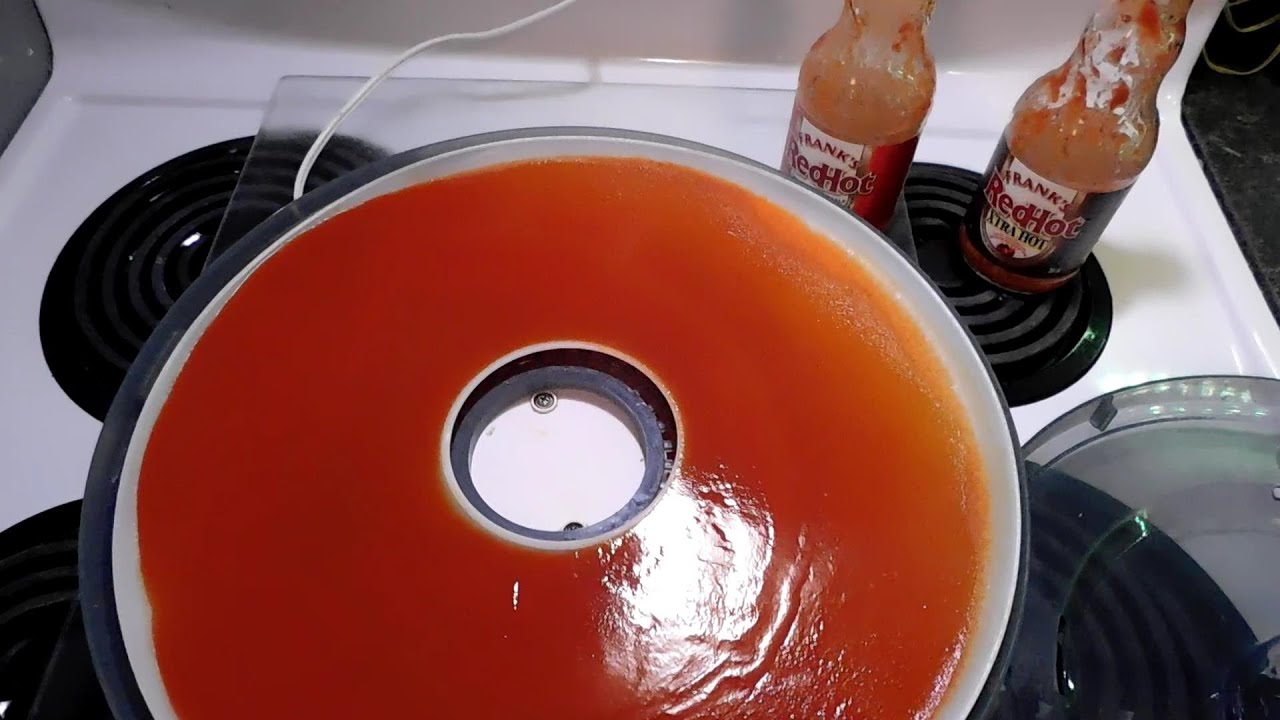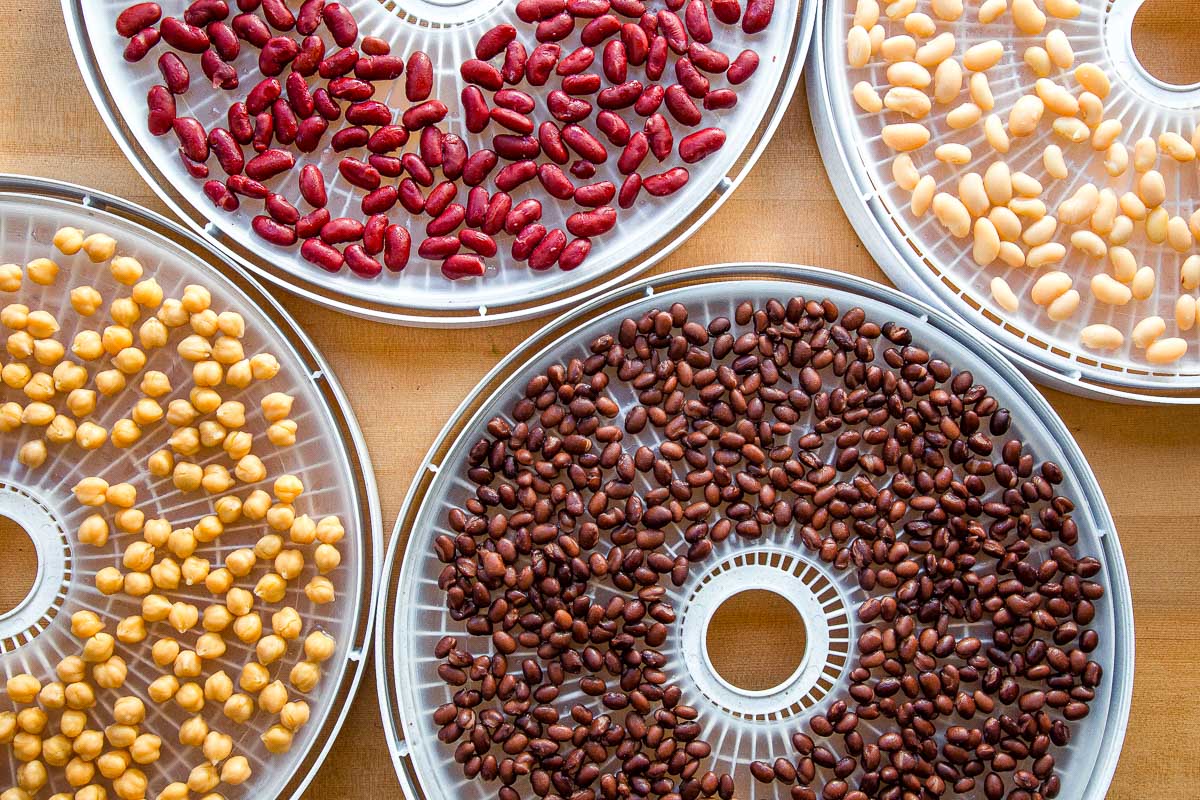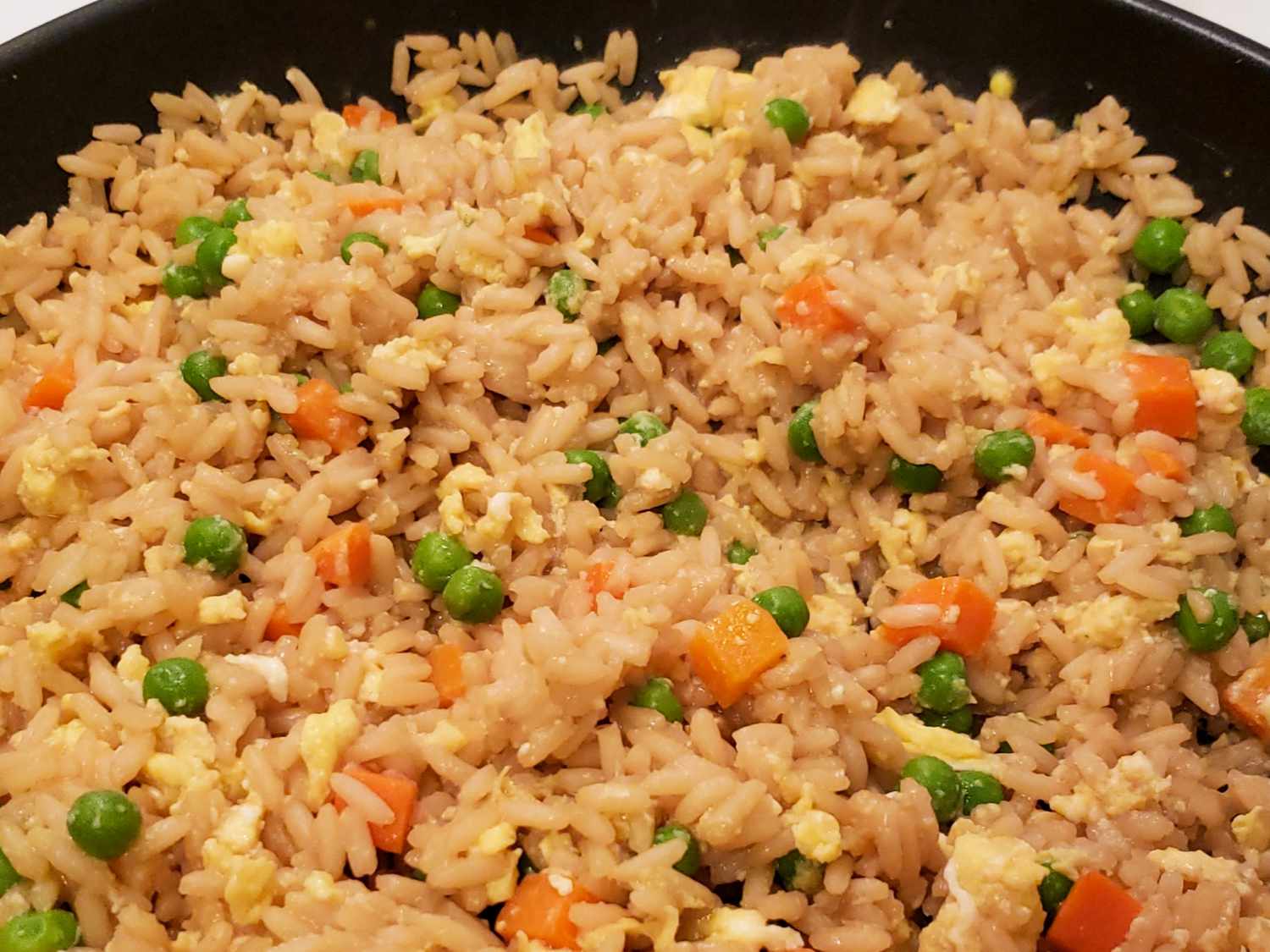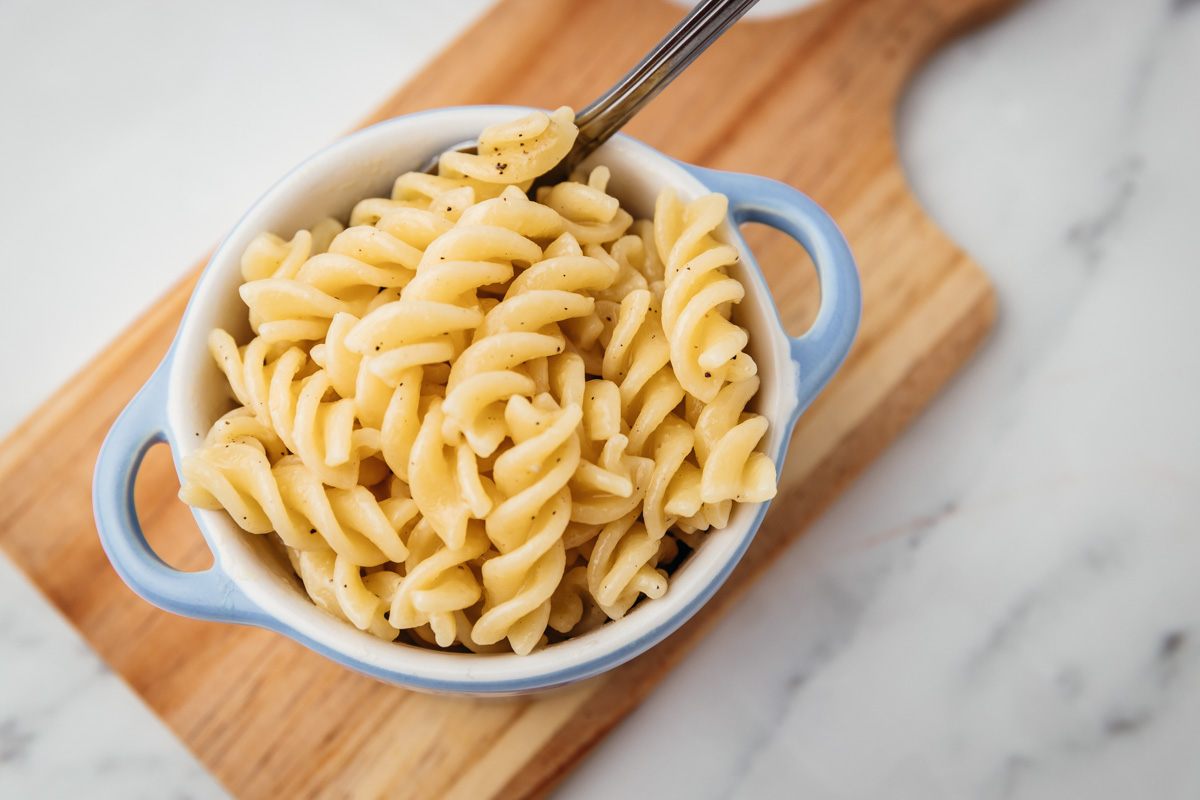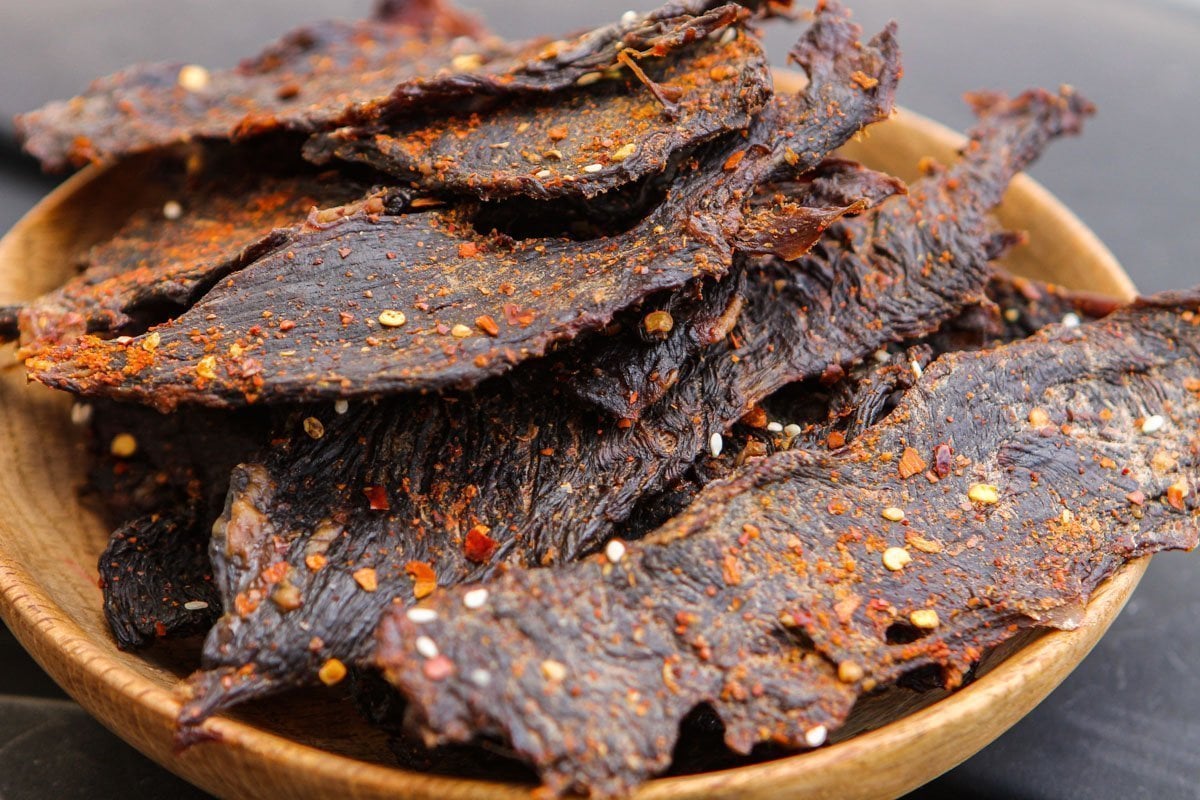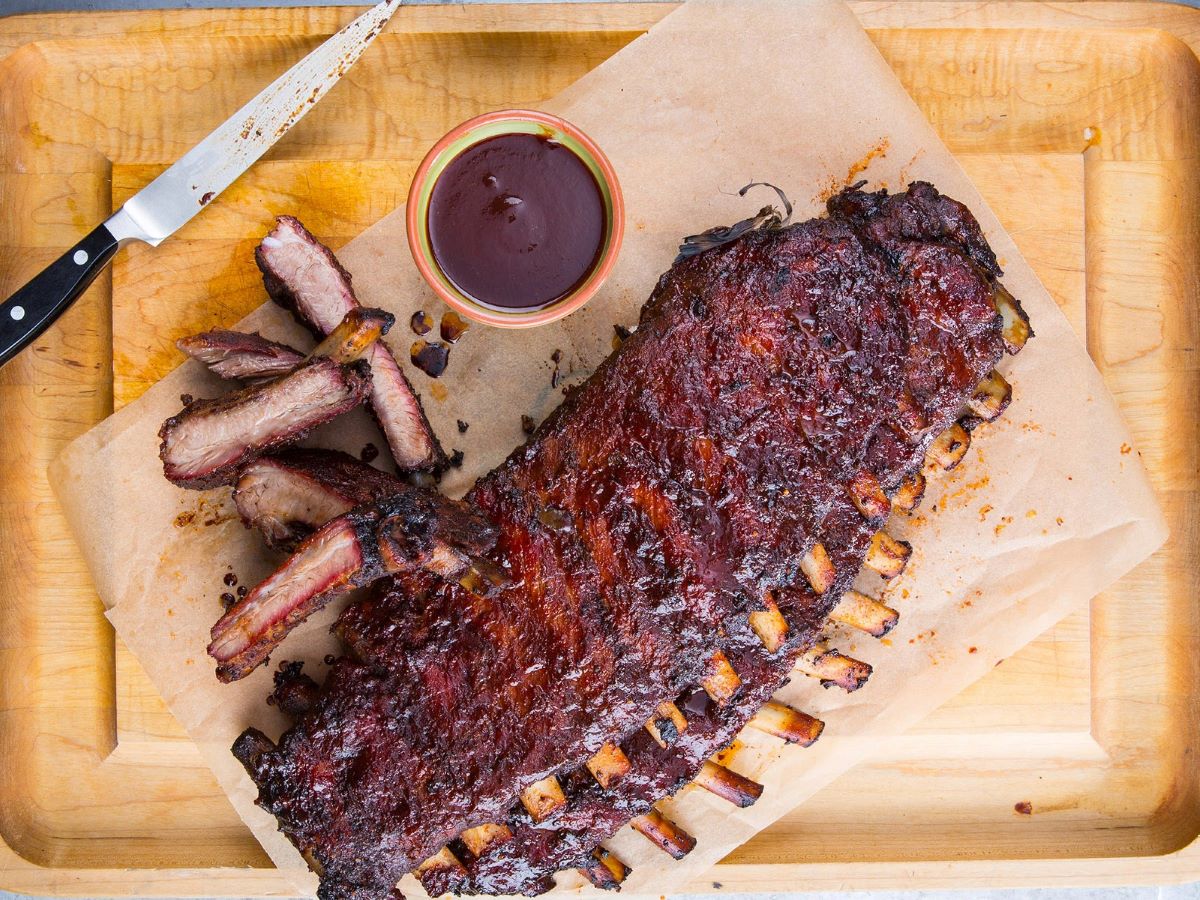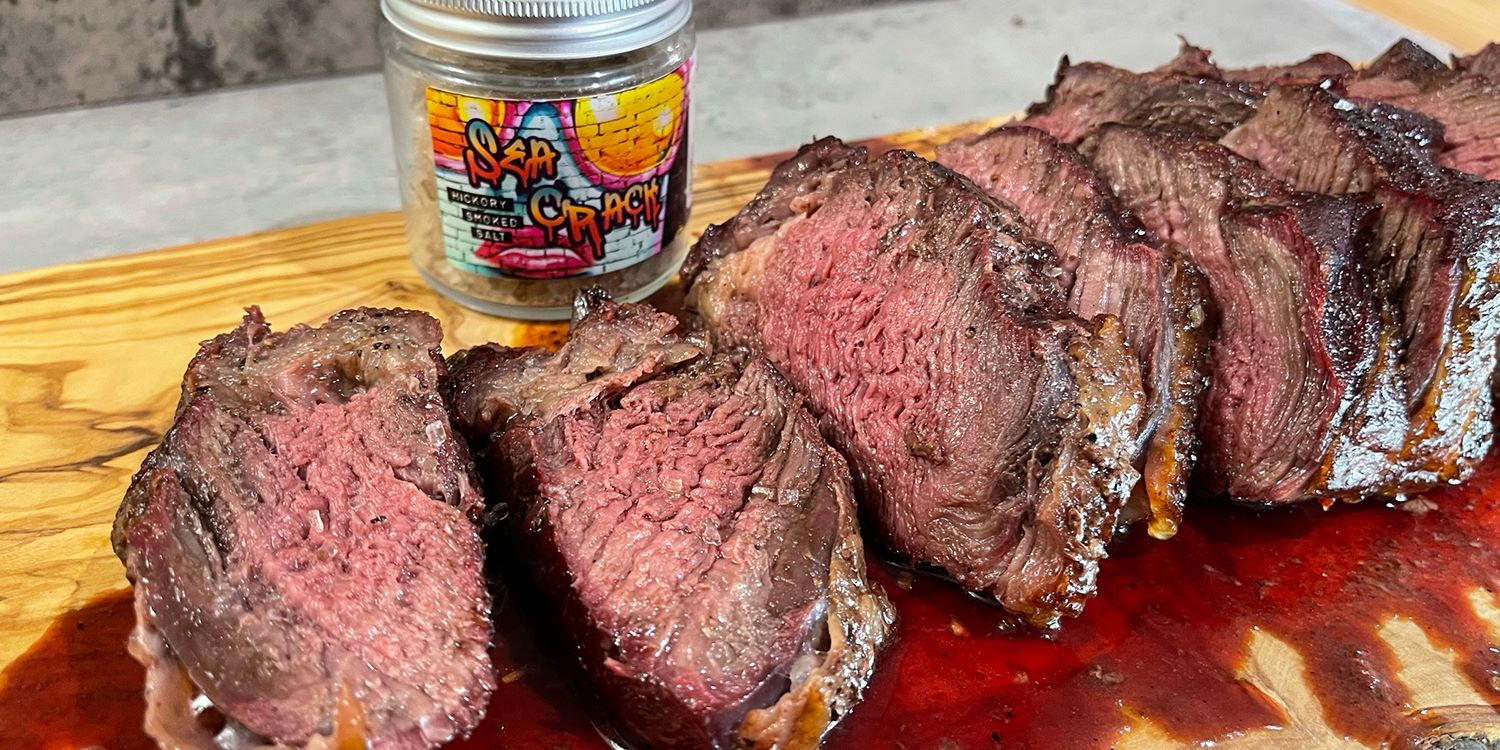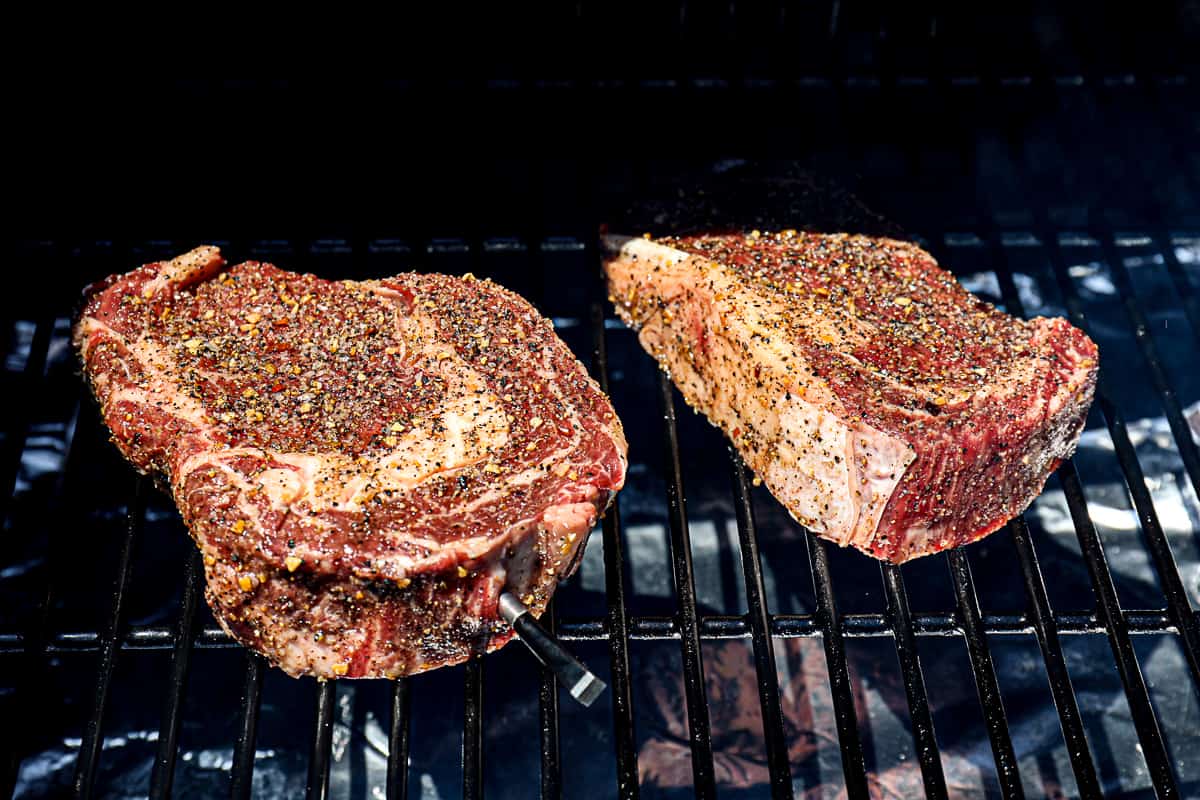Dehydrating Rice: A Simple Guide
Dehydrating rice is a great way to preserve this staple food for long-term storage or for taking on camping trips and backpacking adventures. By removing the moisture from rice, you can extend its shelf life and make it more convenient to transport. In this guide, we’ll walk you through the process of dehydrating rice and cooking it later.
Step 1: Preparing the Rice
Before you can dehydrate rice, you’ll need to start with uncooked rice. Any type of rice can be dehydrated, including white rice, brown rice, or wild rice. Measure out the desired amount of rice based on your needs.
Step 2: Dehydrating the Rice
There are a few methods for dehydrating rice, but one of the most effective ways is to use a food dehydrator. Spread the rice out in a single layer on the dehydrator trays, making sure to leave space between the grains for airflow. Set the dehydrator to a temperature of around 135°F (57°C) and let the rice dry for 8-10 hours, or until it is completely dry and hard.
If you don’t have a dehydrator, you can also dehydrate rice in the oven. Spread the rice out on a baking sheet and place it in an oven set to the lowest temperature, typically around 170°F (77°C). Keep an eye on the rice and stir it occasionally to ensure even drying.
Step 3: Storing Dehydrated Rice
Once the rice is fully dehydrated, allow it to cool to room temperature before transferring it to airtight containers for storage. Properly dehydrated rice can last for several months or even years when stored in a cool, dark, and dry place.
Step 4: Rehydrating and Cooking Dehydrated Rice
When you’re ready to cook the dehydrated rice, you’ll need to rehydrate it first. There are a few methods for rehydrating rice, but one simple approach is to add the desired amount of rice to a pot and cover it with boiling water. Let the rice soak for 10-15 minutes, then drain off any excess water before cooking as usual.
Once the rice is rehydrated, you can cook it using your preferred method, whether it’s boiling, steaming, or using a rice cooker. Keep in mind that dehydrated rice may require slightly longer cooking times than fresh rice, so be sure to adjust accordingly.
Conclusion
Dehydrating rice is a straightforward process that can provide you with a convenient and long-lasting food supply. Whether you’re stocking up for emergencies or preparing for outdoor adventures, dehydrated rice is a versatile ingredient to have on hand. With the right equipment and a little patience, you can easily dehydrate and cook rice to meet your needs.
So, the next time you’re looking to extend the shelf life of your rice or make it more portable for your outdoor excursions, consider giving dehydrating a try!
For anyone looking to try their hand at dehydrating rice and cooking with it, there are some great recipes to experiment with. The Vegetable Stir-Fry with Rice is a wonderful starting point, offering a quick and healthy meal. For a more hearty option, the Beef and Broccoli Rice Bowl is a classic that combines savory flavors. If you're in the mood for something with a bit of a kick, the Curried Rice with Vegetables is a must-try. For those who enjoy seafood, the Shrimp and Rice Pilaf delivers a delightful mix of textures and tastes. Finally, the Rice Pudding is perfect for a sweet finish, showcasing how versatile dehydrated rice can be in both savory and sweet dishes.
Was this page helpful?
Read Next: How To Dehydrate In A Nuwave Oven
